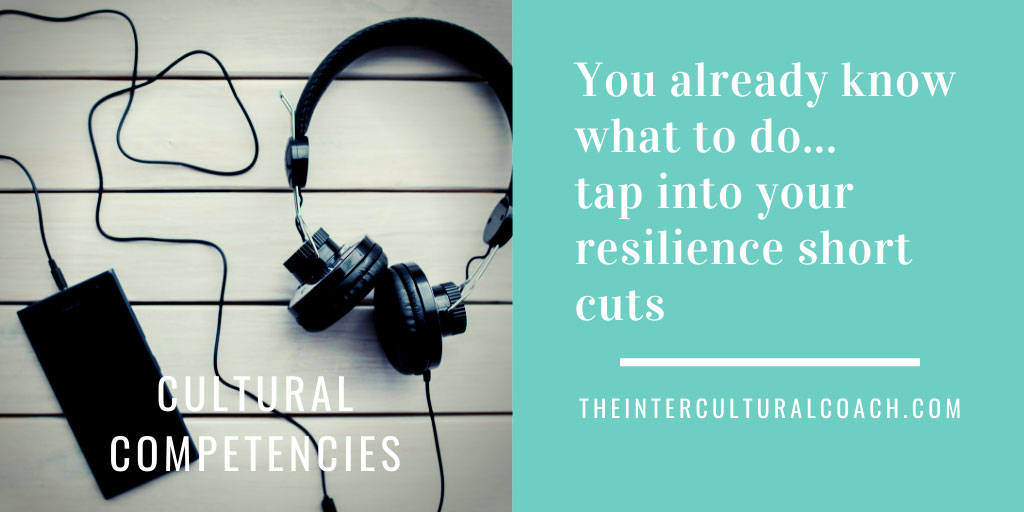
One of the key competencies I like to focus on with my clients is the capacity to recover quickly from adversity. There are lots of suggestions out there from exercise to positive self-talk. But which one is the best? Which one is the right one for me? I don’t know about you but the amount of suggestions and recommendations that entail anywhere from between 3 and 10 steps gets very overwhelming.
I was reminded about his the other day by my 13 year old daughter. Home schooling, screen time from 8.30 till 3.30, two months in and another two to go was just getting the better of her. Her school had given her a list of helpful hints on what to do but that too made her procrastinate. Which one was the right one to do, which ones could she do, in the end she told me how she was feeling, I had to stop myself using the exact same approach that the school were taking, giving so many options that she just got more and more confused!
Tell me about your resilience skills? It’s a question I ask when discussing strategies around the stress of working with or managing multi-cultural teams or clients. Often the response is one of surprise or confusion. What do you mean? What has that got to do with cultural competencies? My response is always ‘everything,’ but let’s start with ‘why.’
The environment we grow up in, provides us with a framework on ‘how things are done around here’ from school and family to university and work. Our brain likes to create as many shortcuts as possible in order to save energy and strengthen oft-used circuits. According to Danny Kahneman we are governed by our ‘lazy cognitive system.’
The mental maps or schemas that we have learned to use, for example what ‘trust’ looks like according to our cultural schema, means that we can act more quickly and use less energy. But when a person does one thing wrong or outside our schema it sets off our internal alarm bells and activates our brain’s primary function which is survival.
The problem with survival mode is that it cuts off the blood flow to our executive brain where all the magic happens like critical and creative thinking or empathy. This stressful fight or flight mode is vital but not when the scenario is a team member with whom you need to collaborate in order to achieve your mutual goals, then it is not very beneficial at all.
It can take months for a new schema to become encoded in the hippocampus. Not ideal when your deadline is in a week or two away. Learning to understand a new schema on trust or giving negative feedback won’t happen over night. So how can we help ourselves through this stressful adaptation phase?
I asked my daughter to tell me about a time in the past when you overcame a stressful situation? What did you do? What worked well? What didn’t? She paused for a few moments and remembered the exams that she did at her old school in Italy. She told me how music helped her, either playing her guitar or just listening.
Looking back in time helps us identify moments where we have shown remarkable resilience, moments we have forgotten or buried deep. We overlook the resources that we already have within us. Very few of us get through life without some kind of adversity. Tapping into that positive short cut requires less effort and allows our brains to focus on the new challenge to hand.
In a period of extraordinary stress, you are bombarded by suggestions on ‘How To’ with lists of tips on the best practices ranging in length from 3 to 10 to overcome anxiety, be resilient and so on. We are all experiencing information overload, so much so that not deciding or choosing seems like a better option. Staying in our unproductive negative state feels easier than taking a proactive approach.
Stop, pause a moment, take a deep breath, think about what has worked for you in the past, something that you are familiar with, a practice that is not new, that doesn’t require effort or 30 days before it becomes a new imbedded habit. You got this, you just need to reload that shortcut to resilience.



